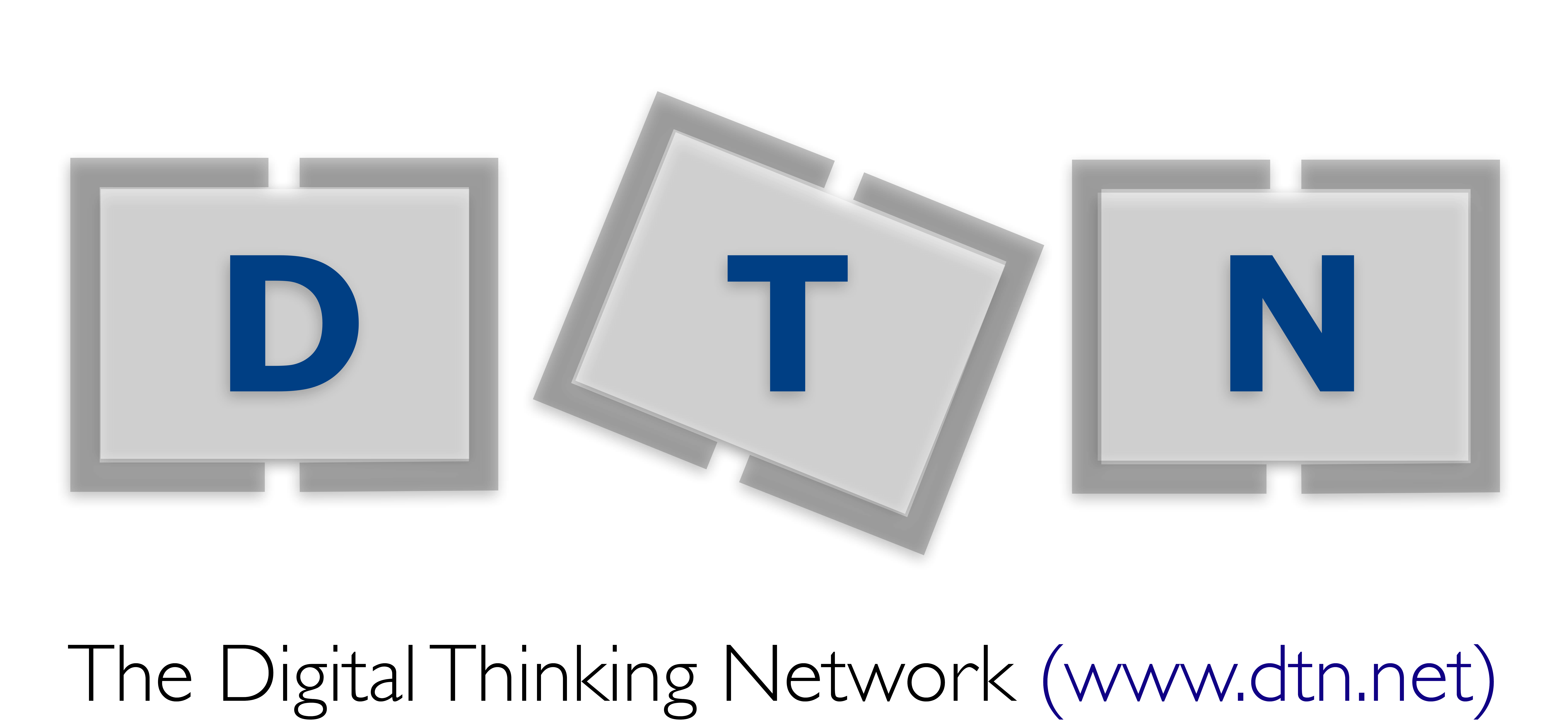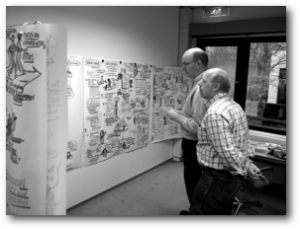Scenario thinking, introduced in business by Shell Group Planning in the 1970s, has evolved as a powerful methodology to enable organisations to structurally anticipate change and incorporate external uncertainty into the internal decision-making processes. Building scenarios is the process of qualitatively and quantitatively sifting, sorting and combining these possibilities into a few stories. These stories are:
- relevant – they must matter to the future of an organisation
- plausible – they must describe futures that reasonably could happen
- coherent – they must have a coherent storyline
- surprising – they must challenge existing assumptions
A good scenario set consists of two to four stories that all meet the above criteria to the same degree. The stories of the scenarios should not be focussed on the developments that a client in isolation can influence, but on the developments that it cannot. The question for the scenario team is not which scenario to realise, but which innovations, human resources, IT systems, management incentives, business ideas and options to choose in order to respond to these scenarios. Scenarios create a language for talking about the future.
Scenarios are not predictions, nor is it crucial that the scenarios accurately reflect the future. What is important is that the scenarios are alive in the hearts and minds of the managers and leaders of the organisation. The scenarios process is a tool to learn from possible futures in order to make more informed decisions today. The strategic conversation that results from the scenario process and the options that each of the public and private organisations generate based on the scenarios, are their true value, not their predictability.

